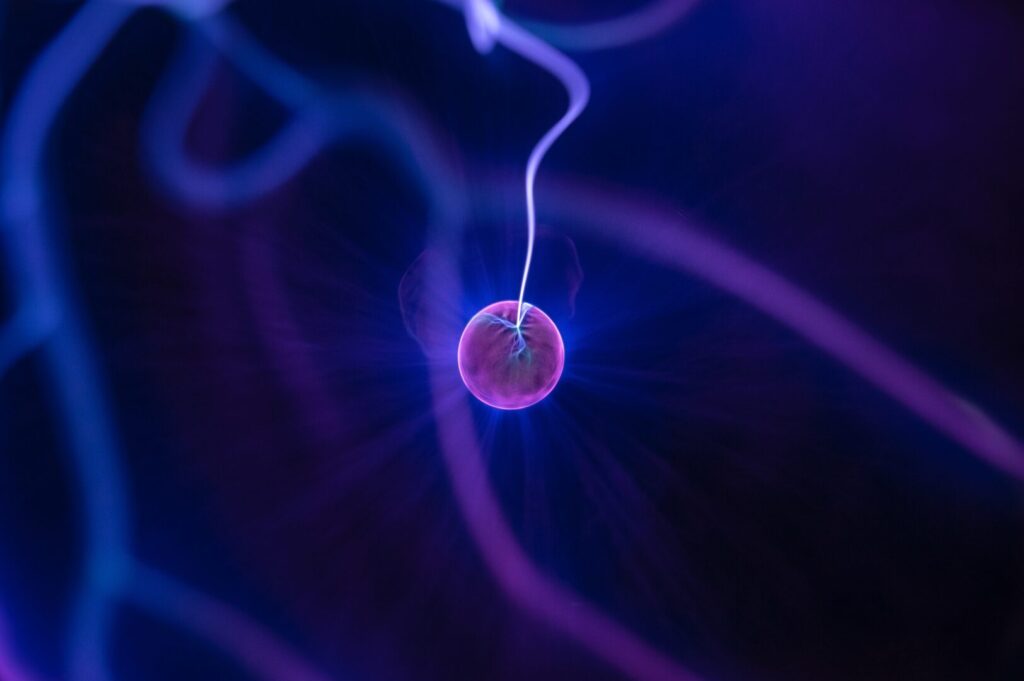The nuclear fusion is a process that generates excess energy from the fusion of two elements and in the United States the Department of Energy is making advances in this technology that may be the key to meeting the climate objectivesby achieving a net energy gain for the first time in a fusion experiment using lasers.
You may be interested in: Three Mexican airports on the road to carbon neutrality
World Economic Forum noted that commercial generation is expected to increase by fusion energy be deployed in the 2030s, which could give the world a final seismic boost to meet the UN climate targets for 2050if implemented broadly and quickly.
"Nuclear fusion power would revolutionize the energy sector, and one of the most impactful and growing needs for the environment is home heating and cooling. Cheap and abundant energy derived from a nuclear fusion-powered grid could mean the end of the chaos of the heating season as we are seeing this winter," states Jim McNiel, who authored the article.
He notes that in the midst of an unfolding energy crisis around the world, people need to keep warm during the winter, but costs in both money and emissions are rising, as many are turning to rudimentary heating fuels such as wood and coal, with high carbon output.
"As people look for inexpensive ways to stay warm this winter, it is clear that we need long-term investments in cost-competitive, stable and clean energy," he says.
While the growth of renewable energies over the last decade has been promising, the nuclear fusion is only beginning to gain the recognition and support needed to push it toward commercial use, he adds.
Nuclear fusion reactors are currently being built around the world to find the best way to control and capture the energy from such reactions.
There was much talk at COP27 about cutting emissions in half by 2030 to meet the climate change goals. Paris Agreementand the responsibility of the more developed nations to help the poorer countries that are already being hit by climate change.
Nuclear fusion, however, was not a major part of the conversation, but as the drought and heat waves in Europe, the floods in Pakistan and Nigeria and every other climate catastrophe have recently demonstrated, the urgency for large-scale changes and the transition to nuclear fusion in the next decade could provide just that.
Source: World Economic Forum


